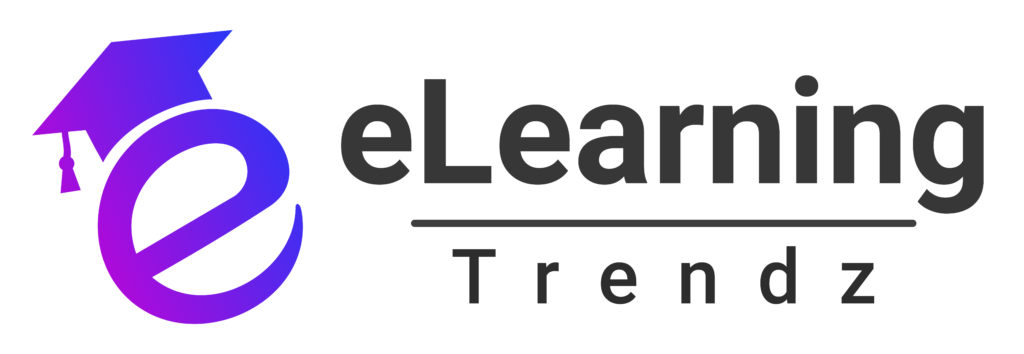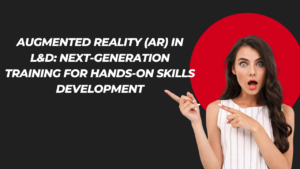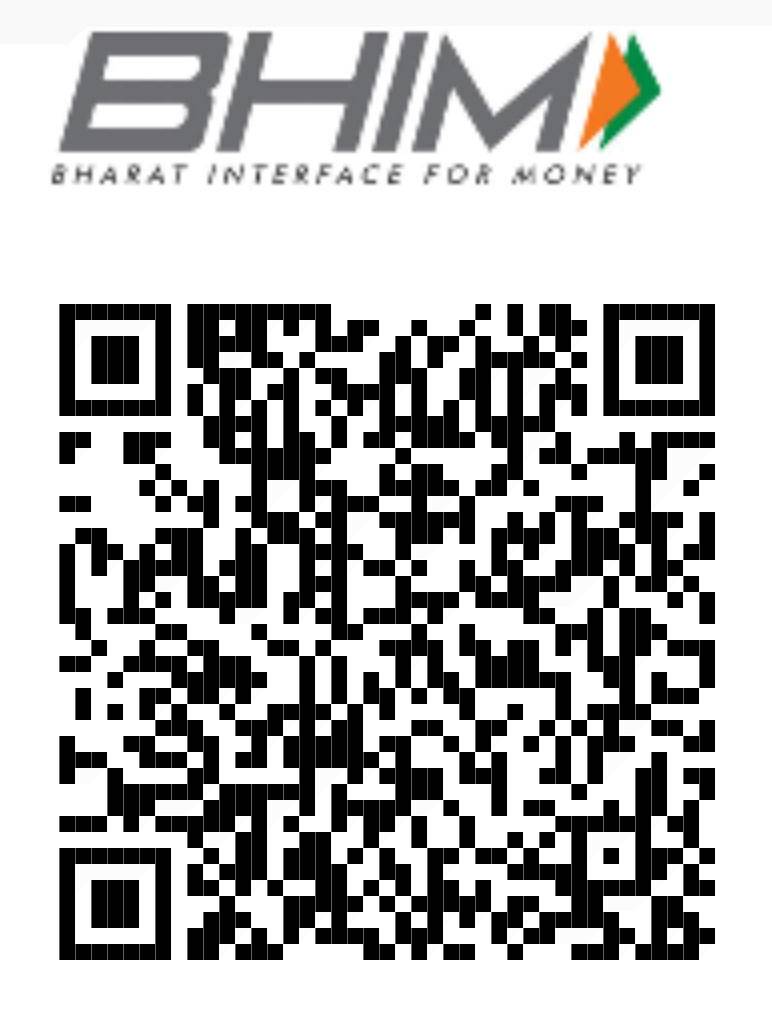In today’s competitive and fast-paced business environment, employee training improves productivity, retention, and engagement. However, traditional training methods, such as long lectures and monotonous e-learning modules, often fail to captivate and motivate employees. That’s where gamification comes in. Organizations can make training more interactive, engaging, and rewarding by incorporating game mechanics into the learning process. In this blog, we’ll explore how to leverage gamification to enhance employee training, increase participation, and drive performance.
What is Gamification?
Gamification refers to the application of game-like elements—such as points, badges, leaderboards, challenges, and rewards—into non-game contexts to motivate and engage people. In the case of employee training, gamification integrates these elements into learning processes to make training more fun, competitive, and engaging. Instead of simply reading through a manual or watching a training video, employees actively participate, compete, and receive recognition for their efforts.
The core idea behind gamification is to tap into human psychology, using motivation and the desire for achievement to drive positive behavior. When applied effectively, gamification can make learning enjoyable, help retain information, and encourage employees to reach their full potential.
Why Gamification Works for Employee Training
Gamification taps into several psychological drivers that are essential for motivation, such as:
- Competition and Achievement: Many employees enjoy friendly competition. Leaderboards, badges, and other rewards clearly indicate how well they are performing and how they stack up against their peers.
- Instant Feedback: Employees receive immediate feedback on their progress in a gamified training environment. This instant gratification encourages them to keep improving and learning.
- Autonomy and Control: Gamification allows employees to take control of their learning journey. By offering a choice of challenges or modules, employees can select what interests them and progress at their own pace.
- Sense of Accomplishment: Earning points, badges, or leveling up gives employees a tangible sense of accomplishment. The reward system provides positive reinforcement and motivates employees to continue learning.
- Engagement through Interactivity: Unlike passive learning methods, gamified training encourages active participation, leading to higher engagement and retention levels.
How to Leverage Gamification in Employee Training
Now that we understand the psychological foundations of gamification, let’s explore specific ways to implement it in employee training programs:
- Create a Point and Badge System
A point system can be used to reward employees for completing training modules, quizzes, or other tasks. Employees accumulate points as they progress through the training, and they can redeem them for rewards or incentives. Additionally, you can incorporate badges that employees earn for completing milestones, mastering specific skills, or achieving top scores in assessments.
Example: Employees earn points for completing each module of a course. After earning a certain number of points, they receive a “Certification Badge” or “Expert Badge” for mastering a specific skill, which they can display on their profile or share with colleagues.
- Incorporate Leaderboards for Healthy Competition
Leaderboards are a powerful way to encourage competition. By showing employees how they rank against their peers, leaderboards drive a sense of competition and motivate employees to perform better. Be sure to emphasize that the goal is not just to “win,” but to learn and grow. This will help avoid unnecessary pressure and foster a supportive environment.
Example: Employees can see how they rank on the leaderboard based on points earned from completing tasks or answering quiz questions. You could create weekly or monthly challenges to give employees new goals to strive for.
- Design Challenges and Quests
Gamified training doesn’t have to be just about completing boring courses. Transform regular training modules into engaging challenges and quests. Set up scenarios or problem-solving challenges that require employees to apply their skills and knowledge to overcome obstacles. The more interactive and immersive the experience, the more engaging it will be.
Example: Create a “quest” for new employees where they must complete a series of training modules that simulate real workplace scenarios. For example, a sales representative might complete challenges related to customer objections or negotiation tactics. They can earn rewards or unlock further levels by completing each task.
- Offer Unlockable Content and Rewards
Unlockable content is a game mechanic where employees must complete certain levels or tasks before gaining access to new material or rewards. This can encourage employees to progress through training programs without feeling overwhelmed by too much information at once.
Example: Employees begin with an introductory module and then unlock more advanced topics as they complete each section. After finishing a set of modules, they might unlock a special reward like a voucher, additional training resources, or even an opportunity for mentorship.
- Implement Simulation Games for Practical Applications
Simulation games allow employees to practice real-world scenarios in a safe, risk-free environment. These can be particularly useful in complex or high-stakes industries such as healthcare, customer service, or financial services. By creating simulations of real-life challenges, employees can experience and solve problems without real-world consequences.
Example: In customer service training, employees could participate in a simulation game where they handle a series of increasingly difficult customer interactions. They could receive points or feedback based on how well they manage each scenario, allowing them to practice problem-solving in a low-pressure environment.
- Reward and Recognize Achievements
Gamification isn’t just about making training fun—it’s also about creating a recognition system. Publicly acknowledging employees’ accomplishments boosts morale and fosters a sense of pride in their work. Recognition can come in various forms, such as virtual certificates, shout-outs in team meetings, or tangible rewards like gift cards or team lunches.
Example: When an employee reaches a significant milestone or completes a training challenge, they could be recognized in a company-wide email or on a team call. Public recognition serves as both a motivational tool for the individual and inspiration for their peers.
- Mobile and Social Integration
To increase engagement, ensure that the gamified training program is mobile-friendly and easily accessible. Many employees use their mobile devices for personal gaming, and extending this experience to professional learning encourages them to stay engaged. Additionally, integrating social aspects such as team challenges, peer feedback, and social sharing can increase the sense of community and motivation.
Example: Create a mobile-friendly app where employees can complete training modules, track their progress, and engage in challenges with coworkers. Employees could share their achievements on social media platforms or within the organization to foster friendly competition and peer recognition.
Best Practices for Gamification in Employee Training
- Keep It Balanced: While gamification is exciting, it’s important not to overdo it. Striking the right balance between game mechanics and educational content is key to ensuring that the learning objectives are still met.
- Ensure Relevance: Make sure that the gamified elements are relevant to the training content. If the gamification is too far removed from the actual learning objectives, it could distract employees and reduce its effectiveness.
- Measure Success: Track employee participation, engagement, and performance to assess the impact of gamification on training outcomes. Use data to refine the approach and ensure that the gamified elements are achieving their intended goals.
- Provide Continuous Updates: Keep the gamification experience fresh by regularly updating challenges, rewards, and training modules. This prevents employees from losing interest and ensures that the training program evolves with new skills or company goals.
Conclusion
Gamification can be a powerful tool for enhancing employee training, increasing engagement, and improving learning outcomes. Organizations can create an environment where employees are motivated to participate actively in their learning journey by introducing elements such as challenges, rewards, and friendly competition. Combining fun and meaningful learning experiences drives better results and encourages employees to develop their skills continually. As you implement gamification in your training programs, remember to maintain balance, keep it relevant, and measure success to ensure you’re meeting your training objectives. When done right, gamification can transform the way employees learn and grow within your organization.










